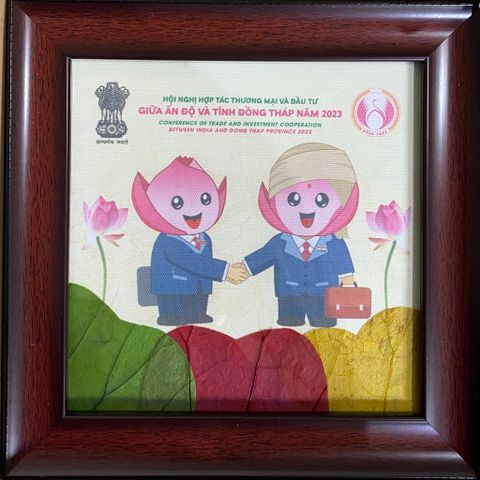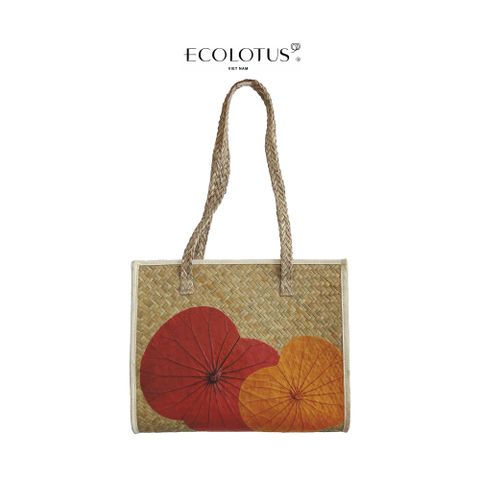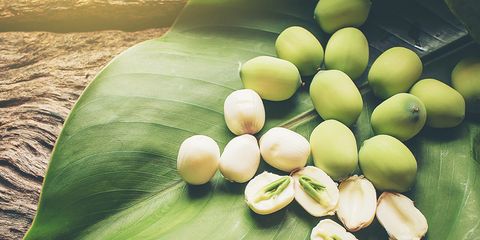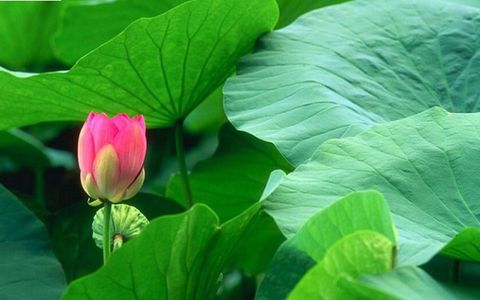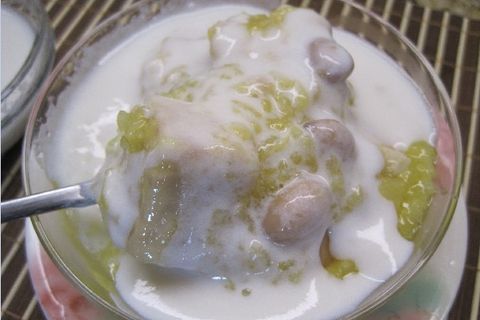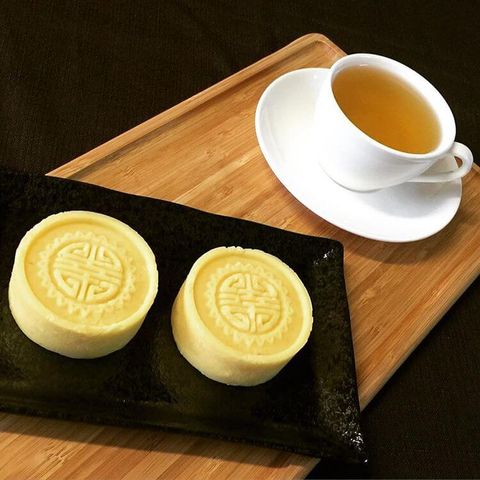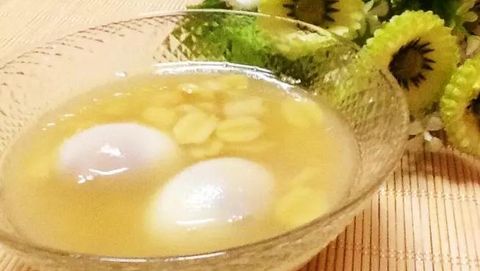
Tin tứcNgày: 26-03-2023 bởi: Phong Vinh
The image of the lotus flower (sen) in Vietnamese culture.
Lotus has become a symbol in the Buddhist art of the East. It represents the mystical and profound beauty, and the enigmatic thoughts.
For centuries, lotus has been deeply embedded in the hearts of Vietnamese people, as well as in their daily life and culture.
Despite growing in muddy ponds, lotus is not polluted but has the ability to change the living conditions around it, for wherever lotus grows, the water becomes clear.
Lotus has both fragrance and color, but its fragrance is not strong, but gentle, evoking a noble spirit. Its color is modest, with white petals tinged with pink and yellow buds. From blooming to withering, it is not disturbed by bees and butterflies.
After overcoming all obstacles to reach the pristine emptiness, lotus continues to thrive under the sun, blooming, showing off its beauty and spreading its fragrance in the space.
The formation of lotus follows the law of karma and reincarnation. Lotus has flowers, seeds, and stems. The flower represents the past, the stem represents the present, and the seed represents the future, the continuous connection.
Therefore, lotus has become a symbol in the Buddhist art of the East. It represents the mystical and profound beauty, and the enigmatic thoughts.
Lotus also symbolizes the nobility and fortitude of the righteous person, who keeps his heart firm against the temptation of fame and gain, and maintains his purity in the midst of a corrupt world.
From this spiritual meaning, lotus has entered the consciousness of Vietnamese people, becoming a symbol in their architecture, sculpture, art, literature, and cuisine.
Until today, when international friends come to Vietnam, the first image they encounter is the yellow lotus on Vietnam Airlines flights, an expression of enlightenment and perfection, both ordinary and noble, sacred, graceful, soft, yet equally strong and resolute, symbolizing the courageous and resilient but open-minded people of Vietnam.




